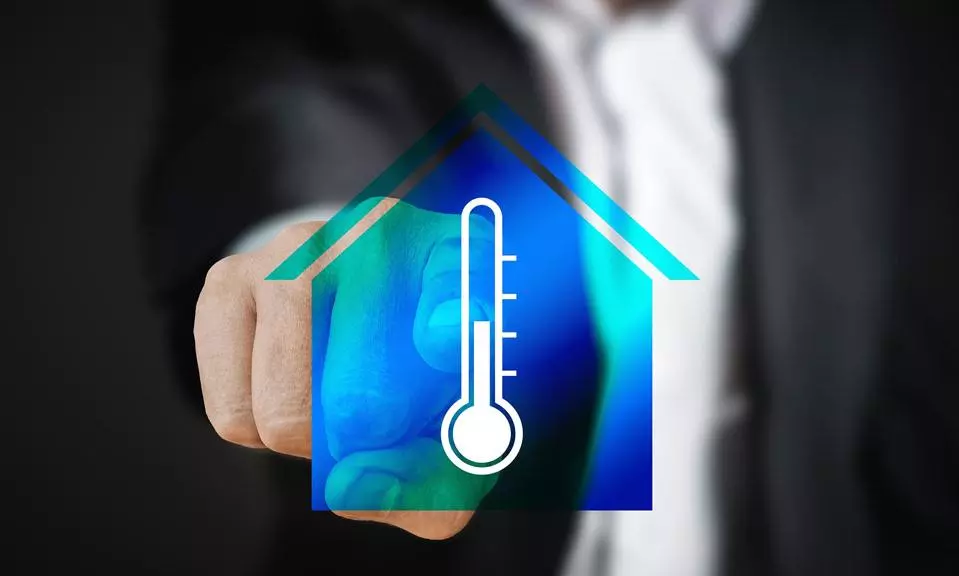Technologies to reshape your cold chains in 2023
With cutting-edge cold chain technologies like payment automation, robotics, packaging innovation, warehouse automation, etc businesses are now able to revolutionize their cold chain supply chain and stay ahead of the competition.

The cold chain industry is an integral and, of course, a burgeoning part of the global economy. With the rise of globalization, the cold chain industry is now a global phenomenon, with millions of tons of perishable goods being transported around the world each year. The Global food cold chain market size and share revenue are expected to grow from USD 233.8 billion in 2020 to reach USD 366.8 billion by 2026, at a 7.8% annual CAGR growth during the forecast period of 2021–2026. The global cold chain logistics market itself is expected to reach around USD 801.26 billion by 2030. As the cold chain industry continues to evolve, so do the technologies that cater to an unbroken cold chain.
An unbroken cold chain network is vital for the storage and transportation of temperature-sensitive items such as perishable groceries and pharmaceuticals. At present, cold chain technology is being used in various industries, such as food and beverage, pharmaceuticals, agriculture, and more. For such temperature sensitive goods, the desired ambient conditions need to be maintained throughout the logistics process, i.e. from procurement to distribution.
Cold chain scenario in the Indian market
The Indian cold chain logistics market was valued at INR 1425.49 billion in 2020, and the total revenue is expected to grow at a CAGR rate of 14.6% during the 2021–2026 period. India is the world's largest producer of milk and is second in terms of fruit and vegetable production; thus, the cold chain infrastructure industry in India will reinvent itself and continue to grow at a positive rate.
But up to 40% of the food we produce in India gets spoiled due to a broken supply chain. Thus, in order to build an uninterrupted cold chain network, it is critical to have a temperature controlled environment for all stages of the cold chain logistics. Consumption of fresh produce, grocery deliveries, vaccinations, and other pharmaceutical products is also increasing by 15-20%, giving the Indian government impetus to invest and create the right environment for cold chain companies to thrive in the market. The Central Government is also making various efforts to particularly reduce post-production wastage through initiatives such as the Pradhan Mantri Krishi Sampada Yojana, which encourages and facilitates financial assistance for cold storage.
Key technologies and trends for an unbroken cold supply chain network in 2023
As the world of logistics and supply chain management continues to evolve, the demand for robust and efficient cold chain management systems has only grown over the years. With cutting-edge cold chain technologies like payment automation, robotics, packaging innovation, warehouse automation, etc businesses are now able to revolutionize their cold chain supply chain and stay ahead of the competition. Along with advancements in these cold chain technologies people will also see mentioned cold chain technologies over the next few years and how it can help to revolutionize the supply chain.
1. AI and ML-based smart sensors and real-time tracking
AI and ML based smart sensors send out real-time alerts of temperature, humidity, and other ambient conditions to relevant stakeholders, which can help them take immediate corrective action and avoid losses. When such occurrences are digitally recorded in the system, they assist in analyzing the situation and quickly closing loopholes to ensure the conditions are favorable for the next batch of products entering the cold chain network. They also keep track of vehicle maintenance records, inventory parts, and predict potential malfunctions based on historical data. They automate the cold chain process and reduce the need for manual labor.
2. Advanced analytics
Almost 73% of logistics managers rely on Excel sheets and manual coordination for their day-to-day processes. As a result of this, there are hidden costs, higher operational slippages, and a lack of visibility for all stakeholders involved in the supply chain process. By leveraging predictive analytics, companies can gain insights into their supply chain and identify areas for improvement. For example, analytics can be used to determine the optimal temperature for the product, and also to monitor the cold chain for temperature fluctuations. Advanced analytics can also be used to forecast demand, enabling companies to better plan for product availability. Such analytics can help companies in the cold supply chain operate more efficiently, while also reducing costs and increasing visibility.
3. Blockchain
Blockchain technology allows us to complete transactions without third-party applications, making it more secure. It uses cryptography to record each transaction made within a decentralized database and restricts access to this stored data to only authorized users. It also allows real-time payload tracking for increased security. This helps companies in the cold supply chain to ensure that no product goes unaccounted for or unrecorded. It helps in tracking product spoilage against the product shipped in the cold chain. As transparency and traceability increase, profit margins also increase as damages and losses decrease.
4. IoT
IoT has the potential to completely transform the cold chain industry. Logistics companies can have a competitive edge by integrating IoT solutions into cold supply chains. IoT solutions minimize human intervention to a great extent and prevent major cataclysms. Temperature excursions can also be recorded by the device, providing a history of when they surpass safe levels. This can help shippers and manufacturers determine when and where a problem occurred. This data can assist in determining which products are likely to have spoiled and determining fault in the event of product damage.
The demand for cold chain solutions is snowballing, and the industry worldwide is on a positive trajectory. Cold chain logistics companies reduce wastage of temperature-sensitive products by increasing the efficiency of delivery through digitization, enabling full 360-degree visibility, and leveraging the power of analytics to reveal shortfalls. From real-time tracking and predictive analytics to cloud-based tracking and blockchain technology, companies must invest in innovative technologies in order to ensure an unbroken cold chain in 2023. By leveraging the power of cold chain technology, businesses can revolutionize their cold supply chain and get a competitive edge. As the demand for temperature-sensitive goods continues to grow, cold chain technology will gain imperative importance in the coming years.
The views and opinions expressed in this article are those of the author and do not necessarily reflect the views of Indian Transport & Logistics News.

Mihir Ravani
He is the chief executive officer of the supply chain technology company Elixia Tech Solutions


